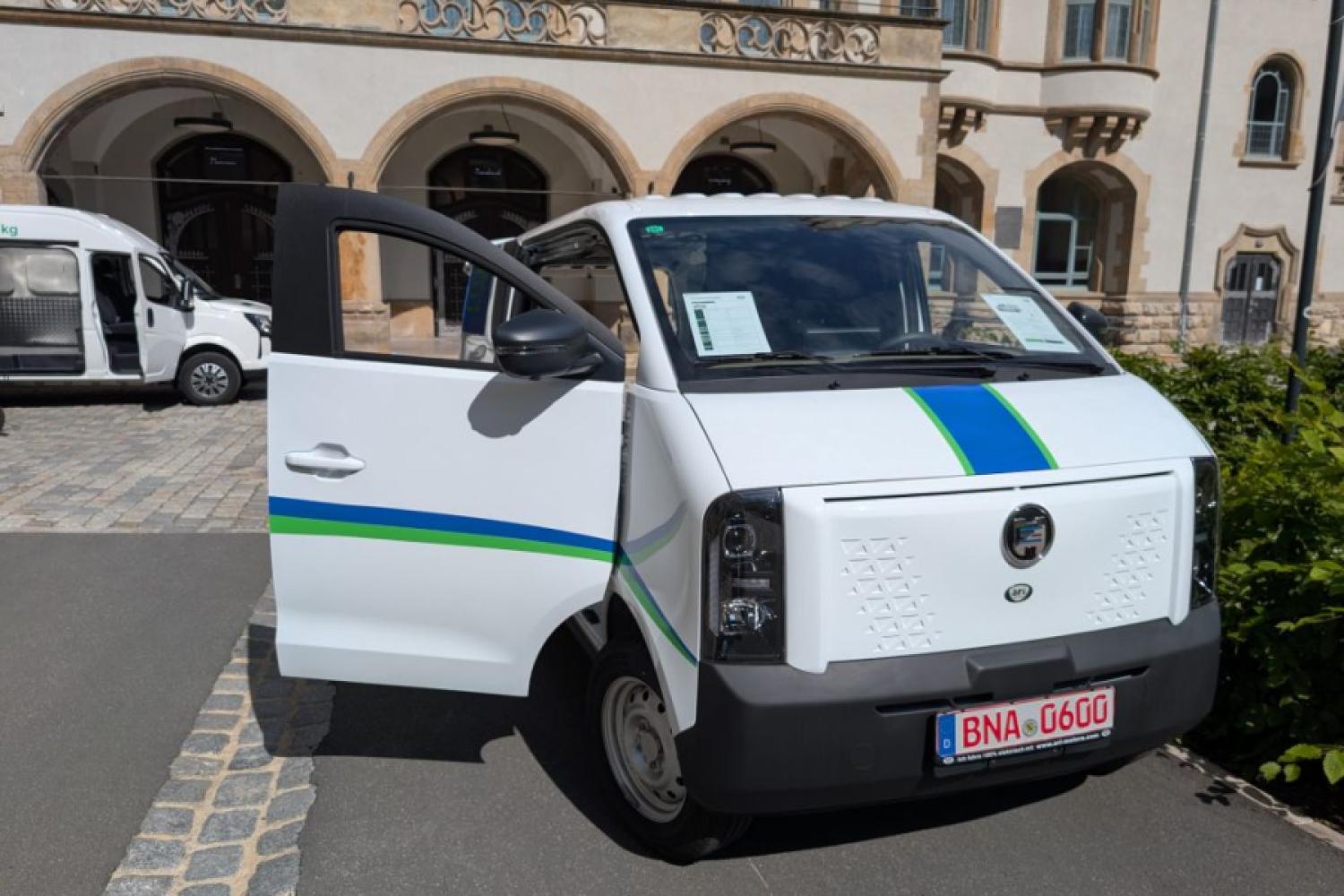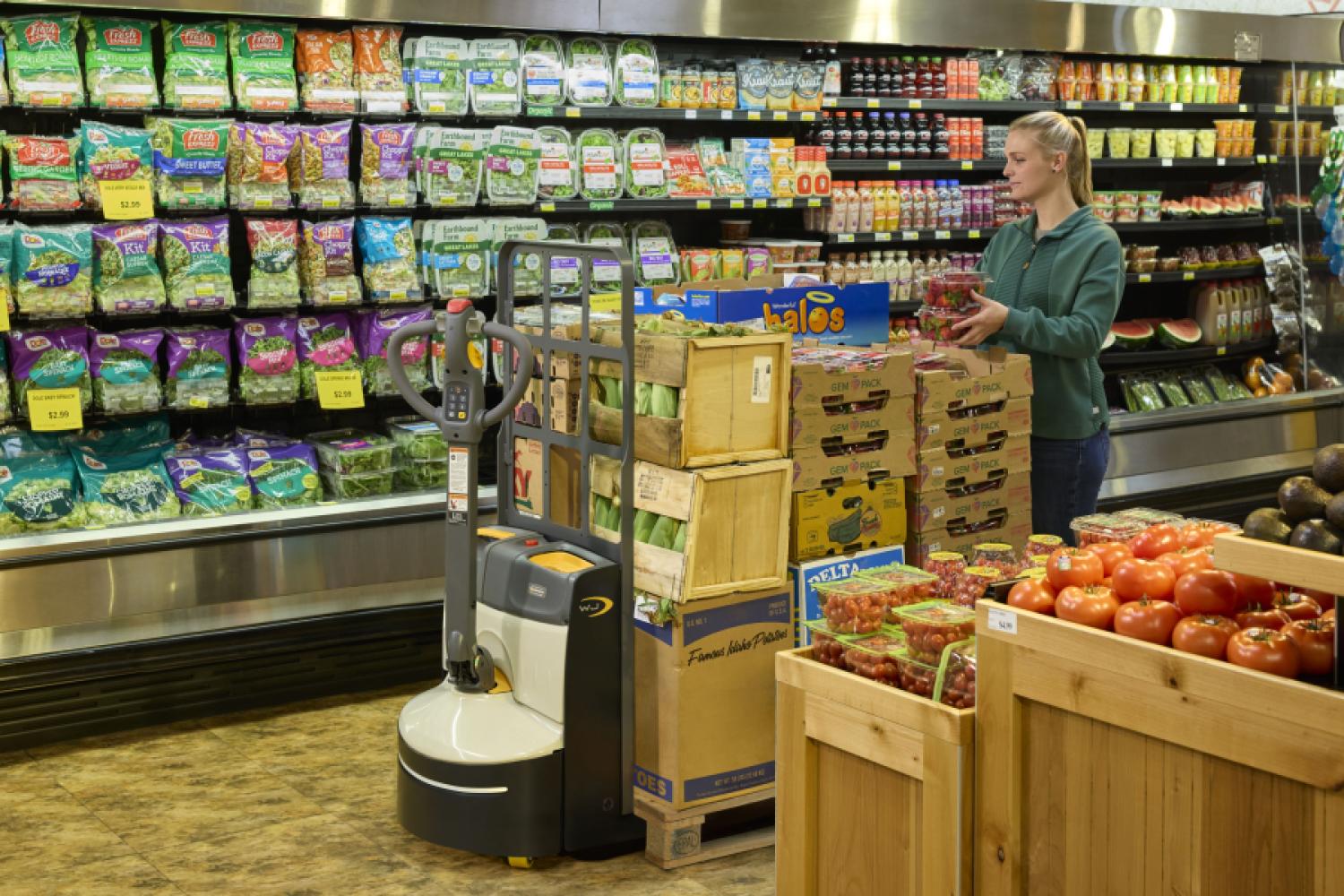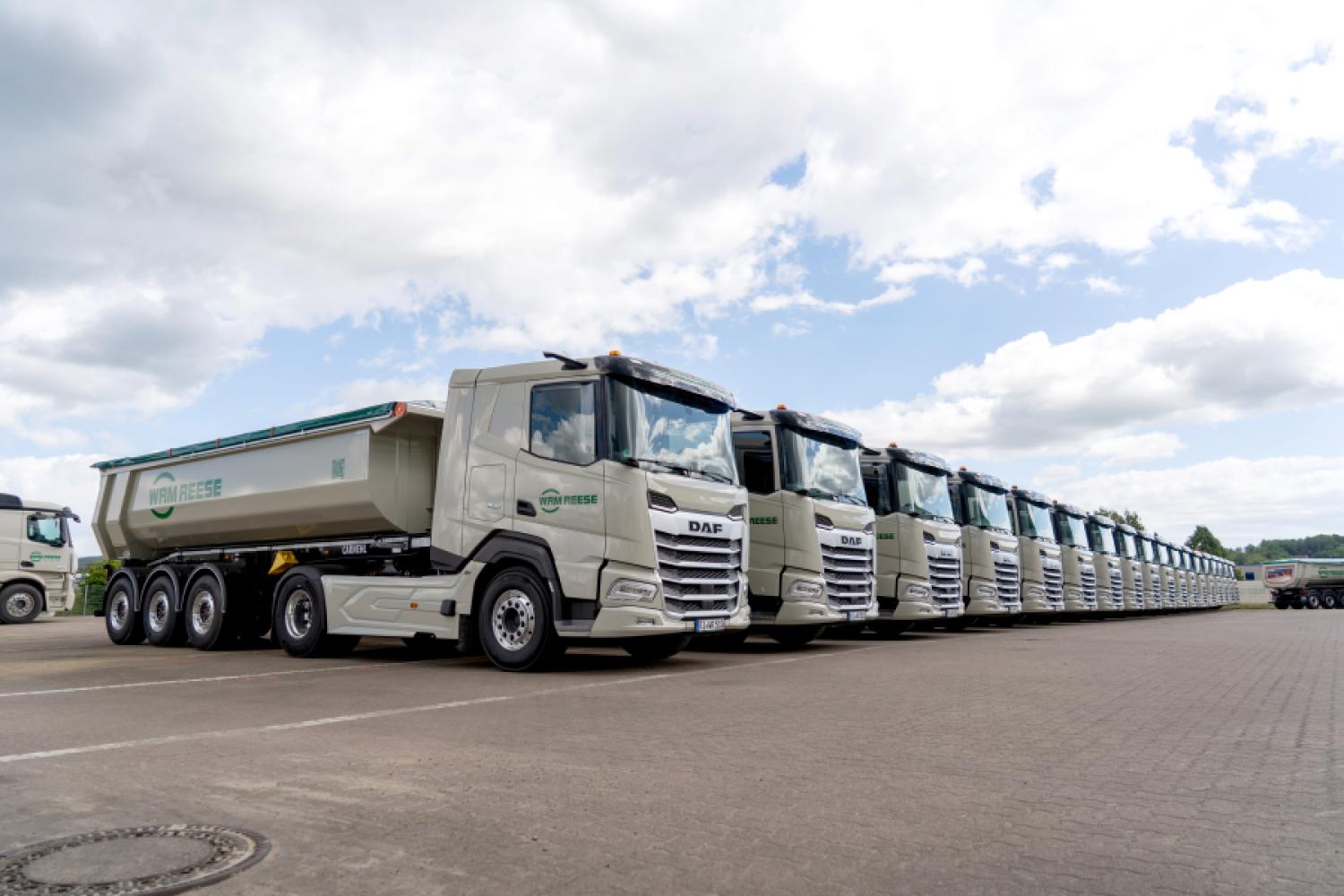The VW subsidiary for automated driving, MOIA, has cleared another hurdle on the way to deploying autonomous vehicles and is presenting the ID. Buzz AD, the first fully autonomous series vehicle from Volkswagen optimized specifically for use in mobility services. It is intended to be a building block of a comprehensive overall solution that, in addition to the vehicle, consists of a software ecosystem and services for operators of autonomous mobility services. The company claims it offers public and private mobility providers a turnkey solution to quickly, safely, and scalably establish autonomous services. Unlike the ever-bold pioneer Tesla, the company does not see itself as a competitor to taxis and public transport, but rather as a complement and partner of municipalities - "the German way," if you will.
"With our fully autonomous complete package, we create a mobility solution that is unique in this form: Cities, municipalities, and fleet operators can easily and reliably provide autonomous mobility for all. Our driverless ID. Buzz shuttles are part of a fully networked 360-degree package consisting of leading technology, an attractive vehicle offer, intelligent fleet management, and a customer-oriented booking system – all from one source, quickly scalable to fleet strength on the road," enthuses Oliver Blume, CEO of the Volkswagen Group.
Blume thus sees the company even positioned in the leading group of a "multi-billion dollar global growth market." Hamburg is the starting point, although in the initial phase, a safety driver still has to be on board, which is why, unlike Tesla's robo-taxi named Cybercab, a driver's seat is still installed inside. By 2026, VW aims to make "sustainable, autonomous mobility on a large scale" available in Europe and the USA.
Anti-Tesla: Prefer to Play it Safe
And they are playing
it safe: Unlike Tesla, where the risk-taking CEO Elon Musk relies on "Vision only," i.e. a combination of camera and software, VW is installing no less than 27 sensors, including 13 cameras, nine lidar laser radars, and five radars. This is supposed to create redundancies, even if a component fails, despite the complex protective and cleaning technology installed. The Californians have announced they want to start commercial deployment shortly after presenting a prototype. "The Germans" place more value on thoroughness and have been testing the Mobileye technology to their heart's content for two years. 600,000 test kilometers with 100 prototypes have been completed, including at Munich Airport, in Hamburg, winter tests in Oslo, or in Austin, Tesla's home. And the testing "runs and runs" – planned until the end of 2026, or even 2027. VW chooses the difficult but safe path.
"With the ID. Buzz AD, future technology becomes market-ready. In a fully autonomous overall solution of vehicle and software, we bundle our technological expertise and deliberately rely on artificial intelligence. Our goal is to create intelligent mobility solutions that can be deployed in Europe and worldwide. With this, we make a concrete contribution to technological sovereignty and strengthen the automotive location Germany in a highly dynamic field of innovation," explains Christian Senger, CEO of Volkswagen Autonomous Mobility.
Ambitious: All Components in One Solution
The overall solution aims to bundle all components to create an operational mobility system from an autonomous vehicle. It consists of a vehicle homologated according to automotive standards including a self-driving system from Mobileye, as well as a specially developed Autonomous Driving Mobility as a Service (AD MaaS) Ecosystem Platform. The software controls fleets in real-time using artificial intelligence, supports passengers automatically, monitors safety, and integrates
seamlessly into existing booking apps. At the same time, it meets key regulatory requirements for vehicles with Automation Level 4 according to SAE standards, such as remote monitoring and safe handling of exceptional situations like rescue operations. The offer is complemented by a third component, the so-called Operator Enablement. Operators of fleets of autonomous vehicles receive full support to implement and operate an AD ecosystem – from simulation and training to the start of operations to live monitoring in daily operations.
"Mobility is a basic human need. Artificial intelligence opens up completely new possibilities for providing people with access to flexible, shared, comfortable, and affordable mobility," says Sascha Meyer, CEO of MOIA. Autonomous vehicles can help address challenges such as increasing driver shortages or low demand in rural areas. "With the AD ecosystem and the ID. Buzz AD, we create a mobility offer with which operators of autonomous fleets can reach cities, suburbs, and rural areas equally," Sascha Meyer further expressed his conviction.
It will be manufactured at the VW Commercial Vehicles plant in Hanover, which could use the additional workload, as the "normal" ID. Buzz has sold poorly. It is about large quantities, says Senger to dpa, believing that they can be the leading provider in Europe. VW plans to deliver well over 10,000 units of the now-presented first generation of ID Buzz AD. The first 1,000 should already be on the road by the end of 2027. The ride-hailing service Uber, with which the Wolfsburg-based company agreed on a cooperation in the USA in April, alone wants to purchase up to 10,000 vehicles within ten years, said Senger. In Hamburg, where regular operation was originally set to start in 2026, it is expected to start in 2027. In
the medium term, the fleet there could grow to 500 self-driving e-vans, added Sascha Meyer of VW's own ride-sharing provider Moia, which operates the vehicles in Hamburg. Even though they expect the business to initially be a subsidized operation, Senger still sees "the great opportunity to create a future possibility for the VW group," which will ultimately pay off in the long term. However, they do not intend to sell the high-tech model to private customers, the price could be in the low six figures.
For the Masses or Rather a Niche?
The autonomous vans make a compelling case given the currently exacerbated driver shortage, although initially, additional personnel will be needed to play it safe. The educational effect of the robo-vans, strictly programmed according to traffic regulations and without "speed tolerance," on the traffic environment could also be a positive aspect. From the operator's perspective, only the application scenario is questionable: On the one hand, the ID.Buzz is not barrier-free, always an important aspect. On the other hand, deployment in rural municipalities where public transport is often thinly developed is unlikely to be worthwhile, and in areas where lines run at least half-full regularly, it may not be profitable. The clientele in suburban areas remains, for whom the public transport offer is insufficient and not flexible enough. The Berlin BVG has already expressed interest, and it is already cooperating with the Hamburg Transport Association (hvv). Here the fleet could grow to 500 autonomous minibuses. And the association of transport companies is demanding "start-up funding from the government" of three billion euros for the expensive robo-shuttles, so that the autonomous service can even begin. Whether all this is enough to give the robo-van a boost in scaling remains to be






